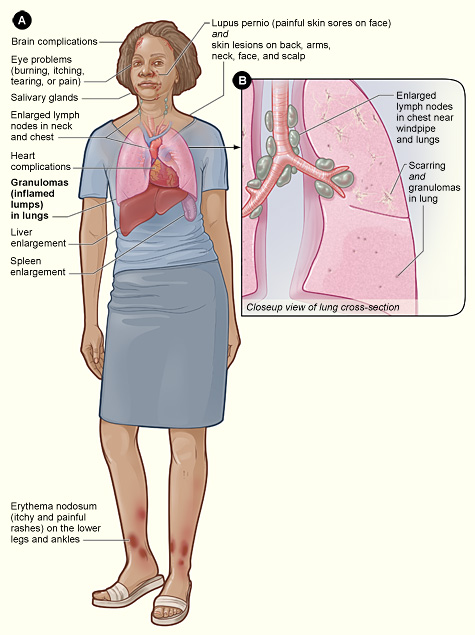
The trials indicate that treatment helps “when the diagnosis is certain,” said Dr. Wilbert Mason, an infectious diseases specialist at Children’s Hospital Los Angeles who was not involved in the study. though the reduction of symptoms was marginal, he said, treated children “were less likely to have a relapse or to have persistent signs of infection at the end of therapy.”
The findings “confirm the current guidelines” for treating children under the age of 2, said Dr. Al Lieberthal of the University of Southern California’s Keck School of Medicine, who is in charge of the American Academy of Pediatrics committee that prepared the guidelines. they will be revised in light of the new studies, however, to tighten the definition of ear infections, known formally as acute otitis media, he added.
At least a dozen previous clinical trials have studied the use of antibiotics in ear infections, but these have given mixed results because of poor study design and poor diagnosis of the subjects’ conditions, according to Dr. Anthony S. Fauci, director of the National Institute of Allergy and Infectious Diseases.
“In many cases, (the children) had something that looked like otitis media but really wasn’t,” he said. the new studies “had really precise criteria to be eligible for enrollment,” which makes them “substantial studies.”
In one of the studies, Dr. Alejandro Hoberman of the University of Pittsburgh School of Medicine and his colleagues studied 291 children ages 6 months to 23 months with stringently defined acute otitis media. half were given the antibiotic amoxicillin-clavulanate for 10 days and half a placebo.
Eighty percent of the children receiving the antibiotic had a resolution of symptoms by day 7, along with 74 percent of those who got the placebo. but 67 percent of those who took the antibiotic had a sustained resolution of symptoms, compared to 53 percent of those who took the placebo.